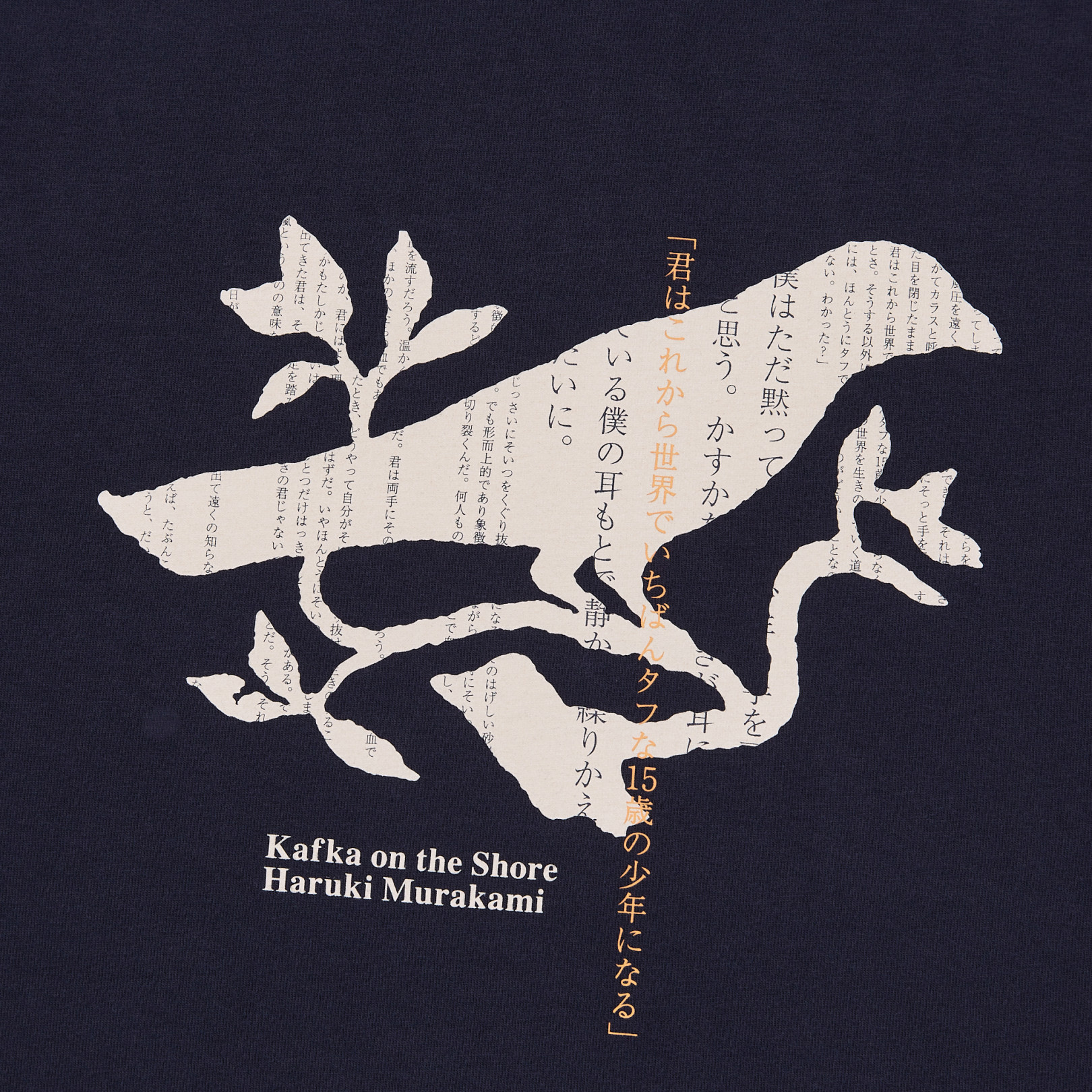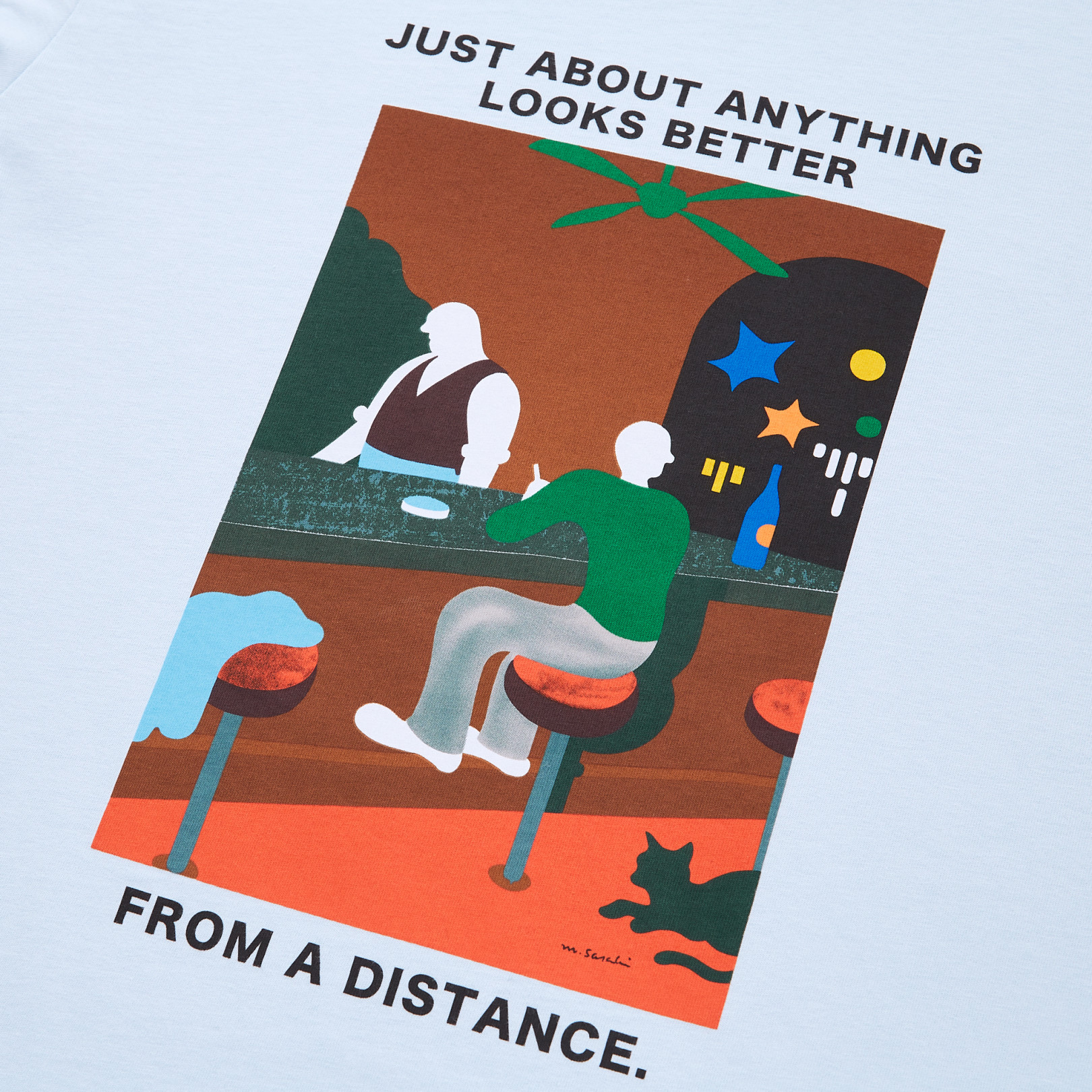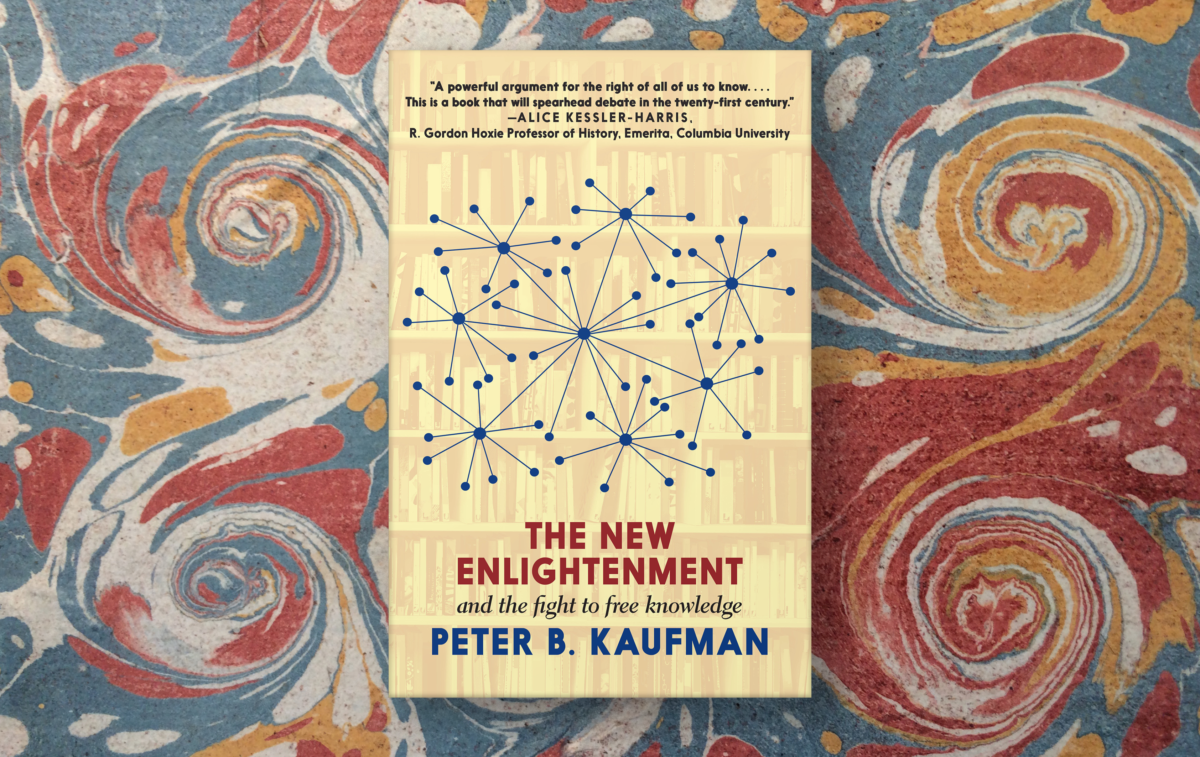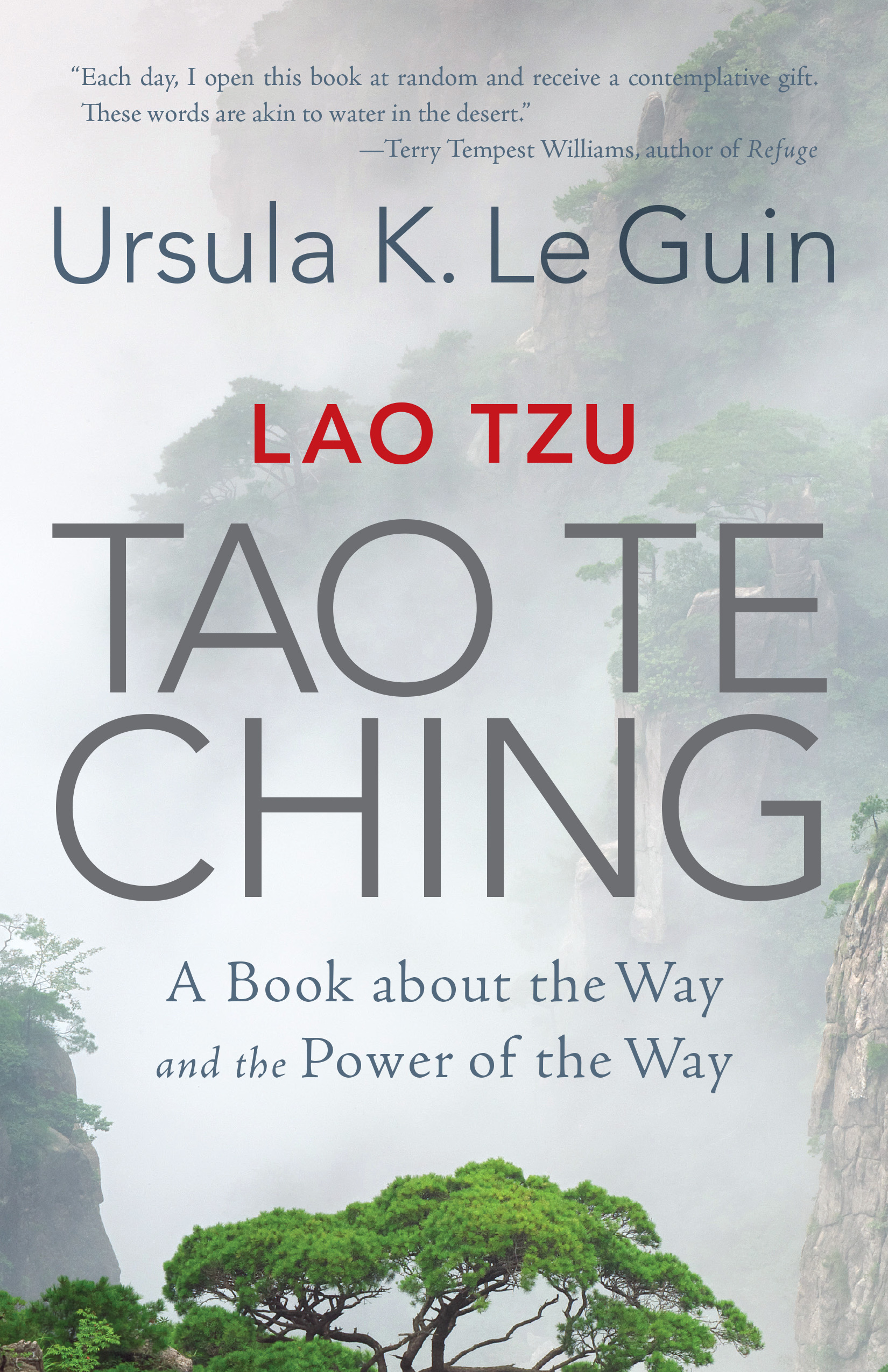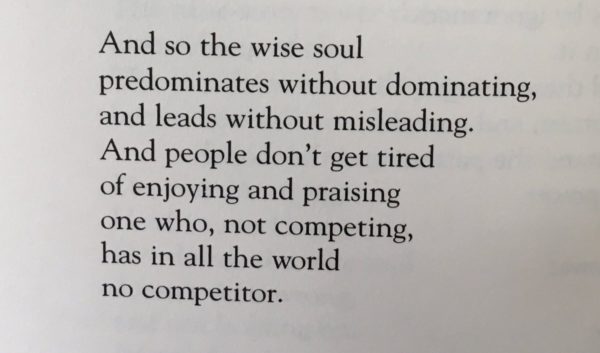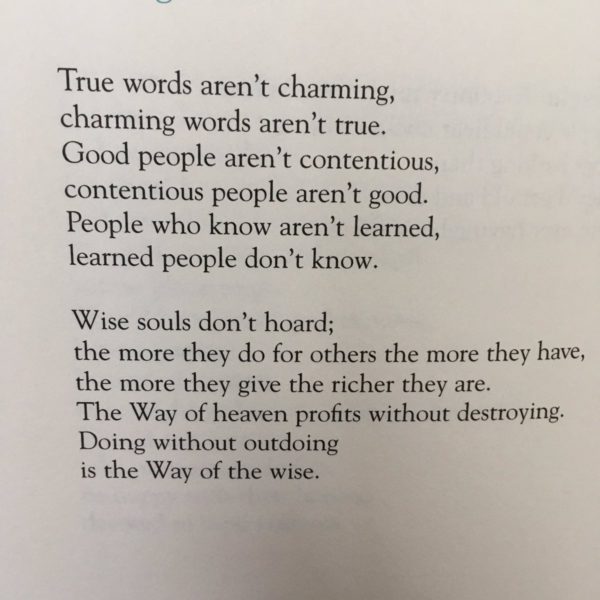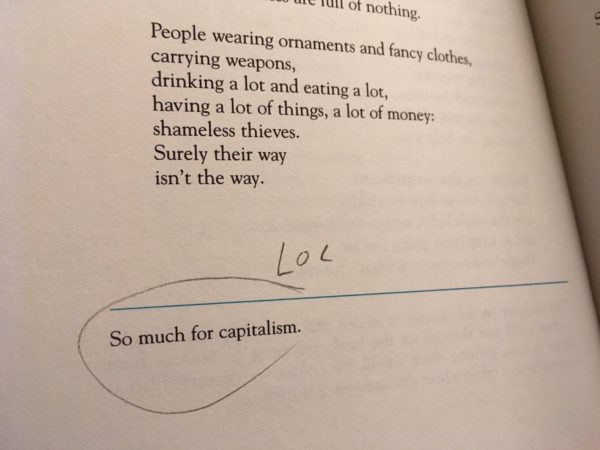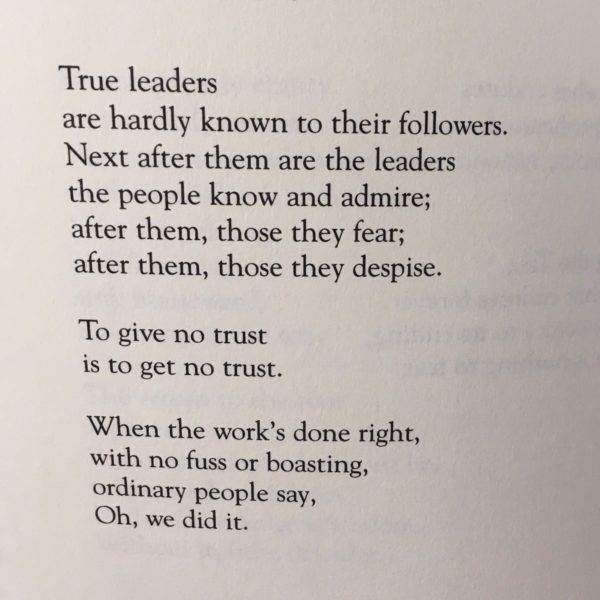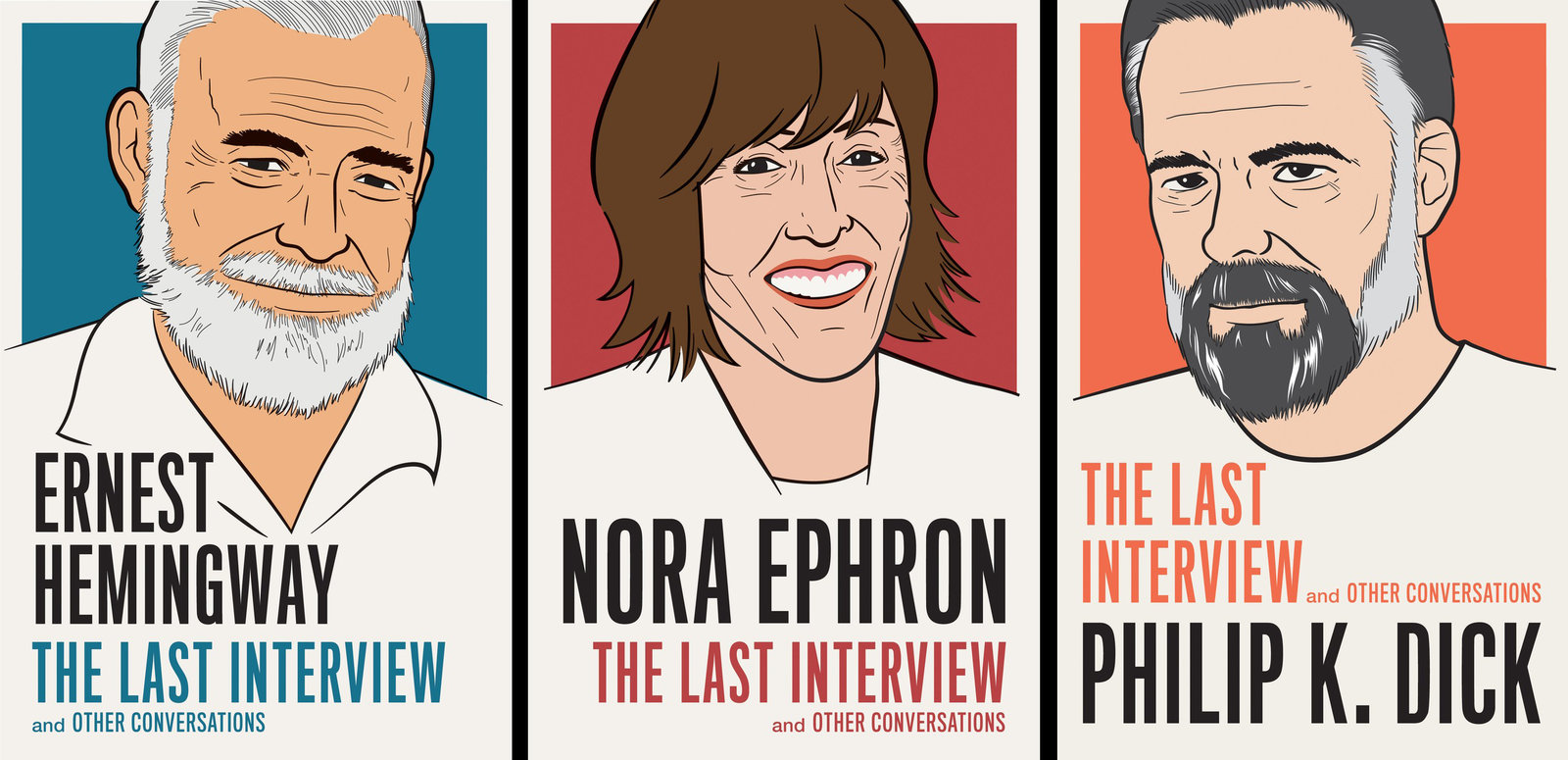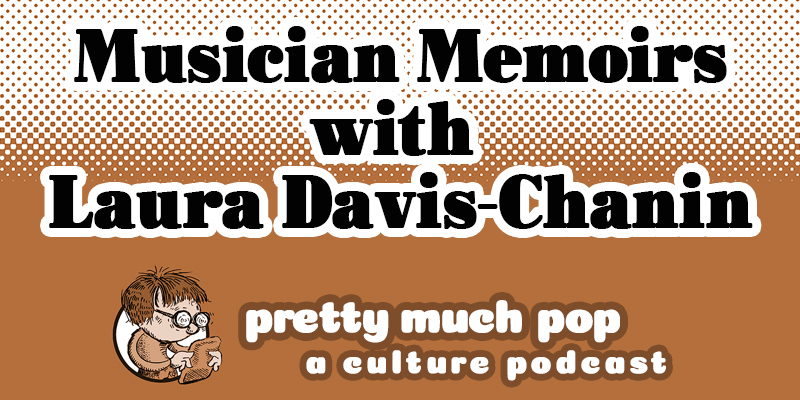Singer-songwriter-cartoonist Jeffrey Lewis is a worthy exemplar of NYC street cred.
Born, raised, and still residing on New York City’s Lower East Side, he draws comics under the “judgmental” gaze of The Art of Daniel Clowes: Modern Cartoonist and writes songs beneath a poster of The Terminator onto which he grafted the face of Lou Reed from a stolen Time Out New York promo.
Billing himself as “among NYC’s top slingers of folk / garagerock / antifolk,” Lewis pairs his songs with comics during live shows, projecting original illustrations or flipping the pages of a sketchbook large enough for the audience to see, a practice he refers to as “low budget films.”
He’s also an amateur historian, as evidenced by his eight-minute opus The History of Punk on the Lower East Side, 1950–1975 and a series of extremely “low budget films” for the History channel, on topics such as the French Revolution, Marco Polo, and the fall of the Soviet Union.
His latest effort is a 3‑minute biography of artist Keith Haring, above, for the Museum of Modern Art Magazine’s new Illustrated Lives series.
While Lewis isn’t a contemporary of Haring’s, they definitely breathed the same air:
While Haring was spending a couple of formative years involved with Club 57 and PS 122, there was little six-year-old me walking down the street, so I can remember and draw that early ’80s Lower East Side/East Village without much stretch. My whole brain is made out of fire escapes and fire hydrants and tenement cornices.
Lewis gives then-rising stars Jean-Michel Basquiat and performance artist Klaus Nomi cameo appearances, before escorting Haring down into the subway for a literal lightbulb moment.
In Haring’s own words:
…It seemed obvious to me when I saw the first empty subway panel that this was the perfect situation. The advertisements that fill every subway platform are changed periodically. When there aren’t enough new ads, a black paper panel is substituted. I remember noticing a panel in the Times Square station and immediately going aboveground and buying chalk. After the first drawing, things just fell into place. I began drawing in the subways as a hobby on my way to work. I had to ride the subways often and would do a drawing while waiting for a train. In a few weeks, I started to get responses from people who saw me doing it.
After a while, my subway drawings became more of a responsibility than a hobby. So many people wished me luck and told me to “keep it up” that it became difficult to stop. From the beginning, one of the main incentives was this contact with people. It became a rewarding experience to draw and to see the drawings being appreciated. The number of people passing one of these drawings in a week was phenomenal. Even if the drawing only remained up for only one day, enough people saw it to make it easily worth my effort.
Towards the end of his jam-packed, 22-page “low budget film,” Lewis wanders from his traditional approach to cartooning, revealing himself to be a keen student of Haring’s bold graphic style.
The final image, to the lyric, “Keith’s explosive short lifetime and generous heart speak like an infinite fountain from some deep wellspring of art,” is breathtaking.
Spend time with some other New York City icons that have cropped up in Jeffrey Lewis’ music, including the Chelsea Hotel, the subway, the bridges, and St. Mark’s Place.
Watch his low budget films for the History Channel here.
Related Content:
Keith Haring’s Eclectic Journal Entries Go Online
An Animated History of Dogs, Inspired by Keith Haring
The Story of Jean-Michel Basquiat’s Rise in the 1980s Art World Gets Told in a New Graphic Novel
Ayun Halliday is an author, illustrator, theater maker and Chief Primatologist of the East Village Inky zine. Follow her @AyunHalliday.

